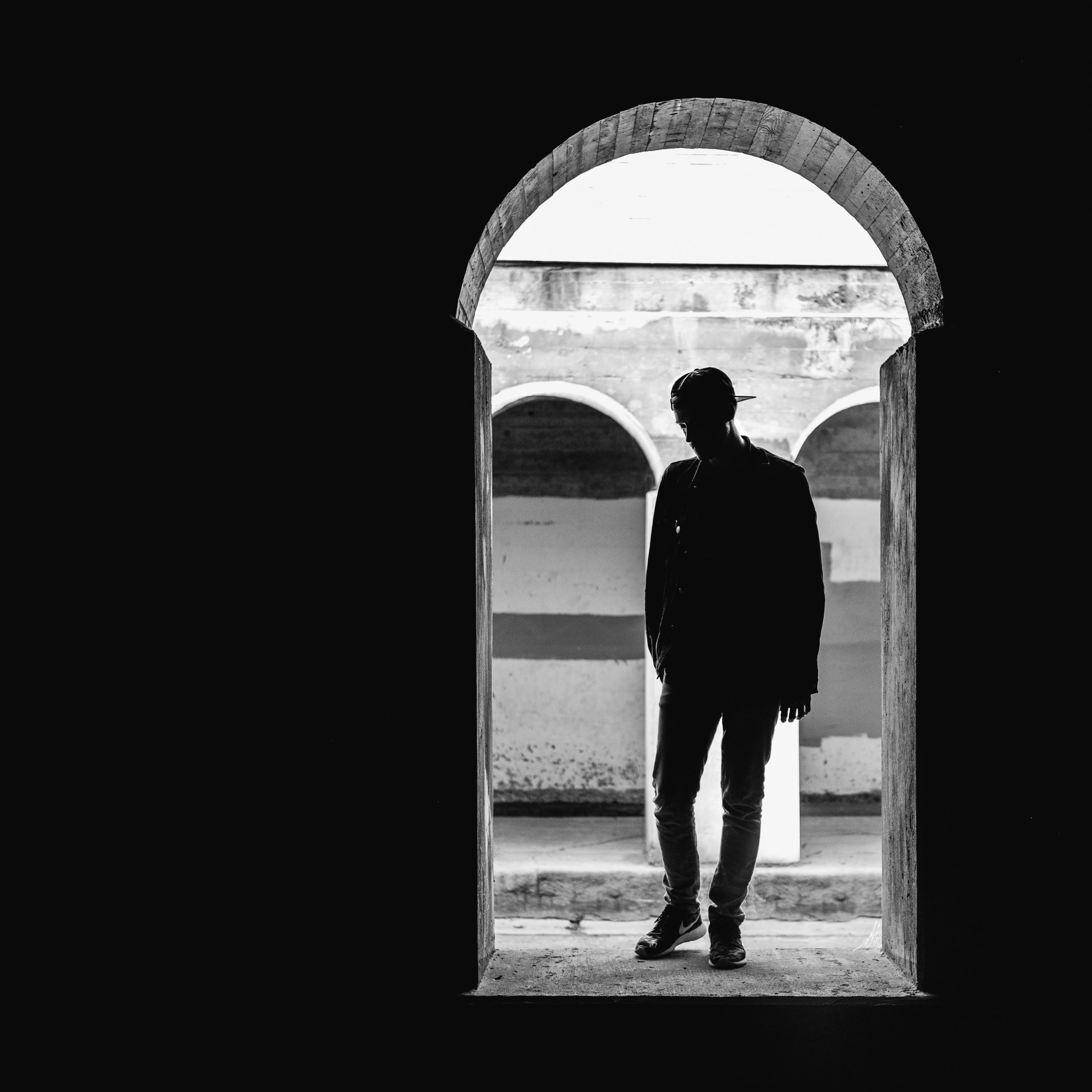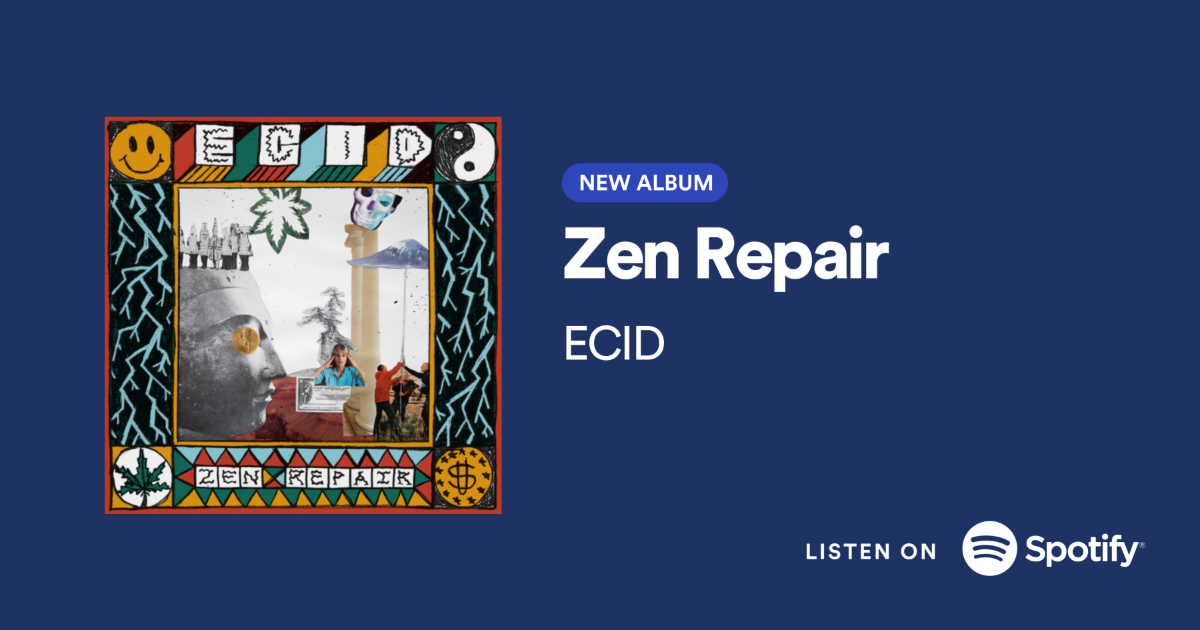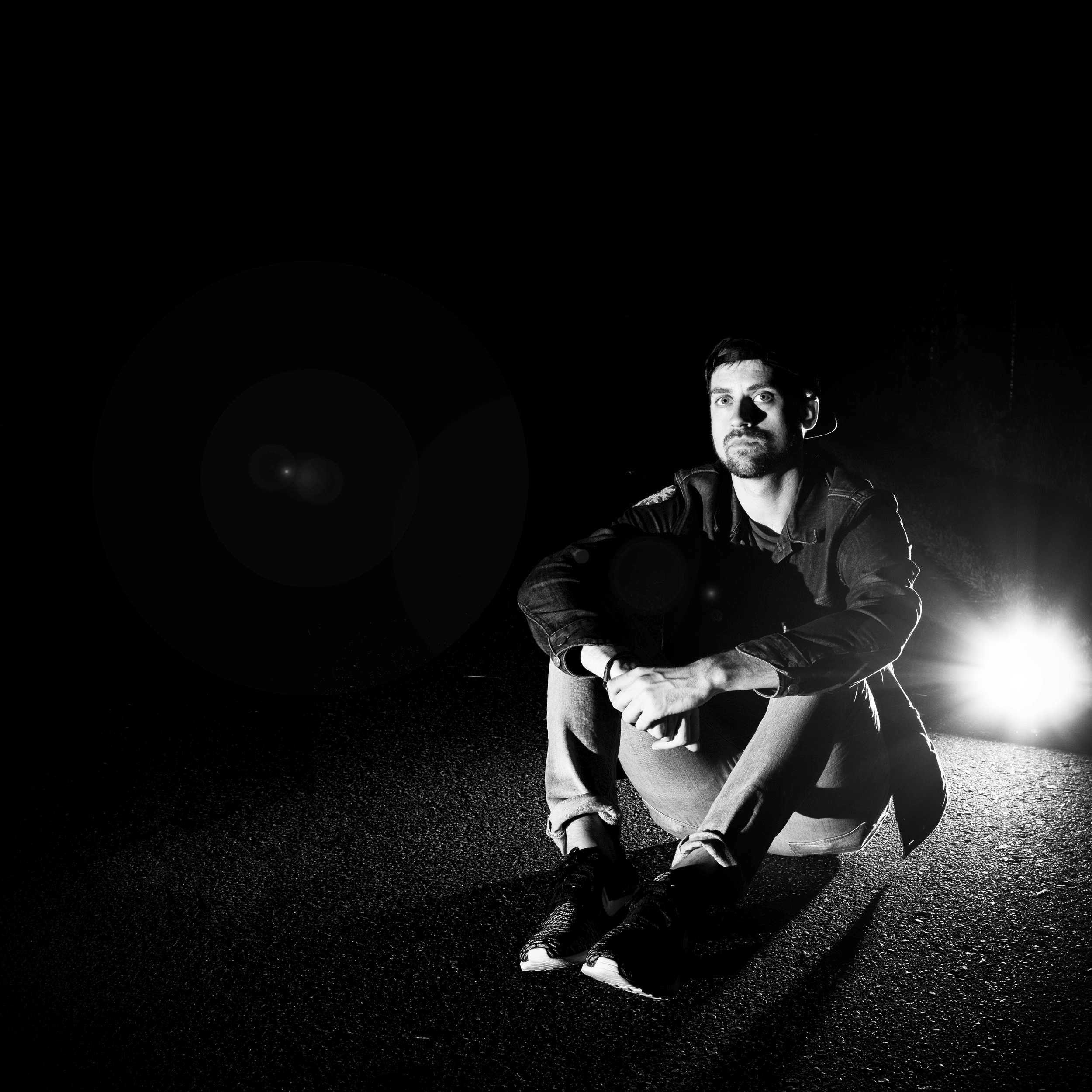It may seem unimaginable now, but there was a time when veteran Minneapolis- bred, Brooklyn-based hip-hop artist Ecid was unsure if anyone would want to listen to his musical creations. “I didn’t really think there was gonna be much of an audience for the quirky, abstract songs I was making,” he recalls.
But five solo LPs, two EPs and countless collaborative efforts later, he’s not only found an audience, but he’s found one that’s filled with both hip-hop purists and fans of the avant-garde.
Ecid’s latest project How To Fake Your Own Death (due out May 12th via Fill In
The Breaks) is an album strongly influenced by loss and unexpected change.
Touching on a range of subjects from self-sabotage to climate change deniers to death represented as an abusive ex-girlfriend, at its heart it’s still ultimately positive and reflective.
The album’s genesis was in summer of 2014 as Ecid finished recording Pheromone Heavy. His grandfather was diagnosed with stage 4 lung cancer and after his passing, Ecid found solace and distraction in his work, touring consistently for a year and a half.
What he wasn’t doing, though, was writing.
It took Ecid nearly two years before he wrote a full song again. “About a year ago now I started working on the new record,” he remembers, “and stuff just kind of spilled out of me in a different way.”
While much of How To Fake Your Own Death was inspired by the passing of close relative, Ecid explains there’s a silver lining saying, “It’s my attempt at finding peace.” A prime example of this is found in “Grieving Mantra,” which features Ecid teleporting to long lost memories in hopes of consoling those left behind in the present.
There’s also a social commentary aspect to How To Fake Your Own Death, with songs like “Guru,” written from the perspective of a victim tranquilizing the power of their oppressor and “Placebo FX,” which posits that we’re “tricking the world into thinking we’re okay.”
Longtime fans of Ecid will see parallels between How To Fake Your Own Death and his 2012 album Werewolf Hologram, which he created in the wake of his good friend Eyedea’s passing. One major difference between the albums, however, is the actual music. It’s a difference Ecid attributes to being in his 30s, being comfortable in his skin, and cultivating the majority of his writing and producing in a solitary space.
For this album, Ecid’s isolation led to some unhinged musical experimentation, as he notes, “I really wanted to make this album more melodic and less reliant on flashy bars. It was very liberating.”
Ignoring pressures to fill the album with guest appearances and contrived thematics, Ecid stayed true to being a songwriter, even more so than a rapper. “It’s gotta feel right,” he explains. “I think that’s how I’ve treated everything that I’ve done to this point. I could have made stuff that was more contemporary at certain times, or done a certain style, or milked a certain style that I was doing, but I was always following what my artistic instincts were telling me to do, instead of what my business mind was thinking. It was always based on where that artistic side of my brain was going.”
It’s honest, organic and more melodic. And whether you’ve lost a loved one or simply love great hip-hop, Ecid has you covered with How To Fake Your Own Death.
News & Updates
-
Sometimes love is about loving yourself enough to tell someone to fuck off
-
Playing in Minneapolis on Friday with some old pals!! 🤗 https://t.co/n72mvEq2b9
ECID ON Tour




